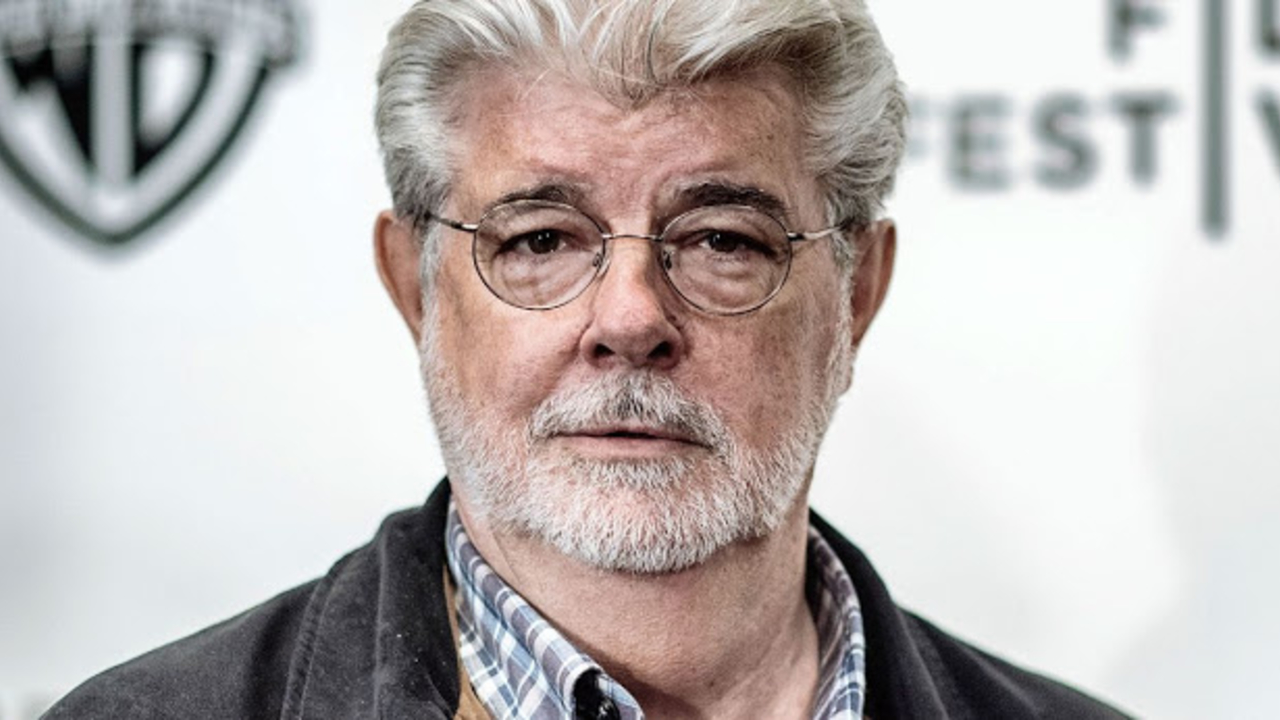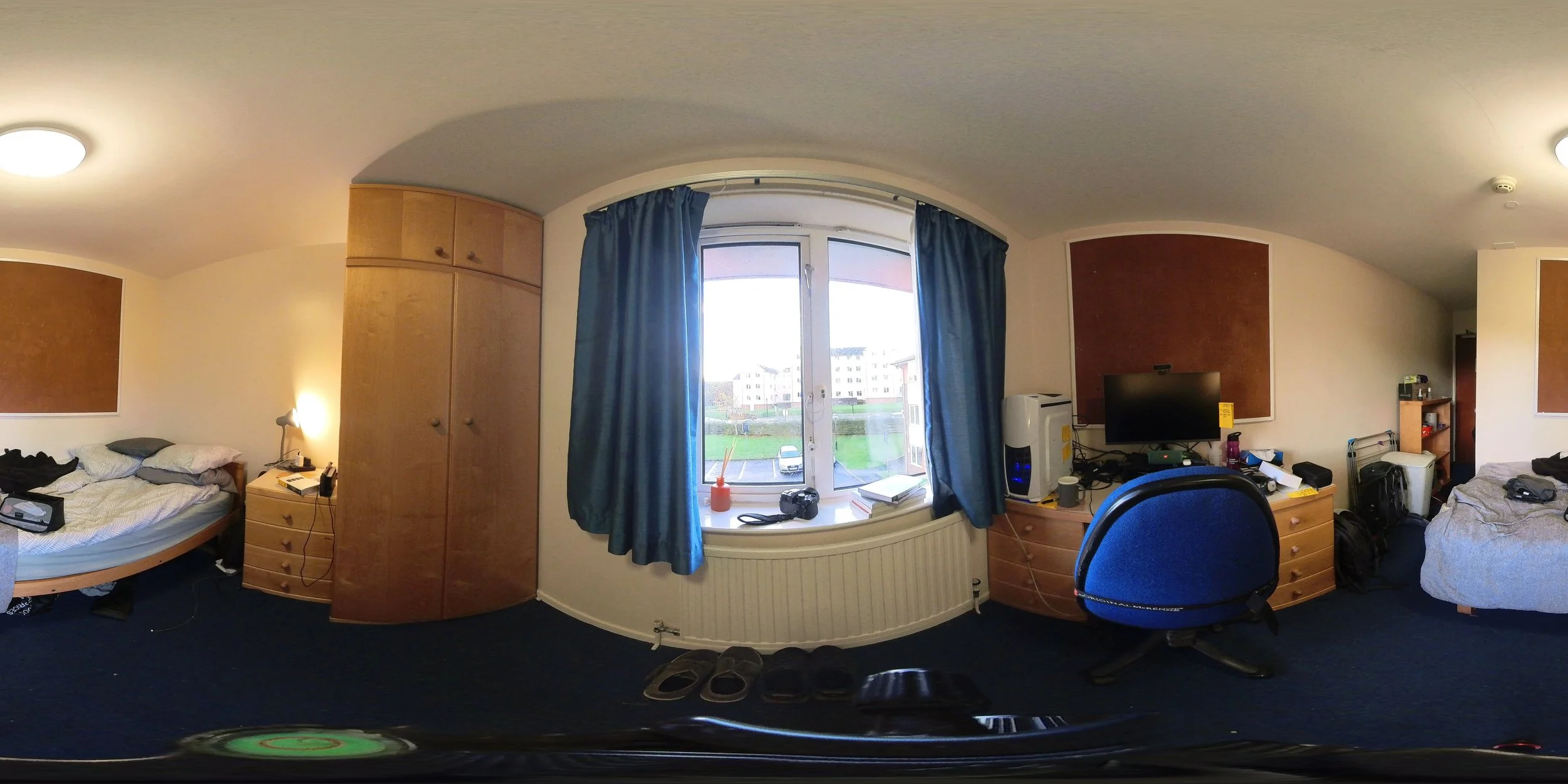Multiplatform Content
Multiplatform Content
“Convergence is a process, not an endpoint. There will be no single black box that controls the flow of media into our homes.”
- Jenkins H. 2006

Jenkins, Lucas, Skywalker.
Having been a pretty avid Star Wars fan my whole life, Seeing Henry Jenkins work relating Multi-platform/transmedia content into A Galaxy Far Far Away helped to instantaneaously clarify not only a clear definition of what Multimedia Content is and can be, but also it’s potential from a financial and Visibility perspective. Seeing how such a Multitude of content grew and continues to grow from a single Trilogy of films made in the 1970/80’s inspired and educated me on how to utilise Multi-Platform content (on a a much more limited scale) to accompany my Independent project.
Reference:
Jenkins, H. and Hassler-Forest, D. [no date]. “I Have a Bad Feeling About This” A Conversation about Star Wars and the History of Transmedia. In: Star Wars and the History of Transmedia Storytelling. Amsterdam University Press. Available at: https://www.jstor.org/stable/j.ctt207g5dd.5 [Accessed: 6 November 2022].
Who?
-
Pioneer of TALKING Transmedia
Henry Jenkins: The Godfather of Transmedia. Talking about it in publications such as: Convergence culture. Convergence (2008), Adaptation, Extension, Transmedia (2017) and “I Have a Bad Feeling About This” A Conversation about Star Wars and the History of Transmedia” He paved the way for what we now know as transmedia or multi-platform content.
-
Pioneer Of DOING Transmedia.
When George Lucas initially sold Star Wars to Twentieth Century Fox, He took a cut in his own pay in order to keep the merchandising rights. This incentivised another 20 years of Star Wars related content in the gap between the original and Prequel Trilogies, in order to bolster Lucas’ income in the meantime between sagas.
…This content was produced through the mediums of Comic Books, Novels, Video Games and more, and with the coneption of the internet fans from all over the world had a place to discuss these new mediums and go as far to build their own Star Wars Media. The original product and the multi-platform content have a symbiotic relationship in each feed of the other for their own gain. This symbiotic relationship between the 2 media outlets has continued to grow and expand even past Lucas selling the franchise to Disney, and has resulted in Star Wars becoming one of the most gargantuan media franchises in the world!

For my final year Independent Project on my Adventure FIlmmaking degree, I am working with the Western Beacons Mountain Rescue Team (WBMRT) to create a short documentary style trailer to help promote them in order to entice donations and support from a wider audience of people.
In order to support this project I aim to use a series of Multi-Platform content to help further promote and advertise the WBMRT before, during and after the release of the finished final documentary.
The Mountain Resuce Project:
Initial Pitch
Use the button below to see my initial pitch for information such as release process, moodboards and rationale
Make it stand out.
In 1995, Scott Zakarin created ‘The Spot’. This was the first ‘Internet serialised fiction’ or ‘Webisodic’ Media.
Webisodes
Since then, like many things online, webisodes have adapted and evolved with current media trends, and the term ‘webisode’ could now be used to descibe a wide array of online video content. The context I intend on using it in are as secondary videos published online to be used to support a larger video…
…Some examples of what inspired this include:
I chose to create Webisodes as I knew there would be more stories I would want to tell, focussing on induviduals. This would make viewers have already formed an attachment with characters when watching the main film. These more digestable short form videos would also be suitable for the likes of instagram/facebook reels, TikTok or Youtube Shorts. For this reason I decided to make them at most 90 Seconds long and as ‘portrait’ videos as these are the required and optimal parameters for this kind of video. Landscape versions could also be made and published on platforms where applicable.
Why Webisodes?
My Webisode - A short character profile on one of the trainee team members:
My plan going forward is to make a series of these webisodes, each focussing on a different team member. The aim would be to showcase the diversity in the team and how many roles there are in the team filled by people of all ages, from all walks of life. This would be in order to give viewers people they could empathise with due to the wide range of people covering a lot of potential viewers. This would then help compell people to donate money or consider joining Mountain Rescue themselves.
Jon Haylock: Character Profile.
Franchises like The Walking Dead and Doctor Who have used webisodes to tell micro stories of characters or objects not worthy of the time or money to be presented in the main series, but can still be used to expand upon the lore ad narrative of the main series and keep fans entertained and invested in the series.
A lot of Webisodes are also based on behind the scenes content as can be seen with the Star Wars Prequels and The Hobbit: Production Diaries.
360 Video
The Future of Video?
I remember my first time seeing a 360 degree video published on Youtube back around 2015 and being amazed at the concept and how it was integrated into Youtube, but also dissapointed by the poor visual and audio quality.
For the next few years, 360 video became a trendy thing that was used on occasion by a lot of Youtubes big time vloggers, causing camera manufacturers to force out more poor quality 360 cameras. When this trend then died out, there was a lull in the market for 360 cams meaning progress slowed on the technology involved.
Why use 360 now?
Like a lot of people I think, I had more or less lost interest in 360 video, with it rarely being used as a gimmick when people came up with new applications or ideas. That changed however when Insta360 released the Insta360 X3 last year. Whilst a lot of other main stream camera manufacturers had given up on 360, Insta 360 had managed to keep with the times and had finally managed to make a consumer level camera that was able to keep up in specs with other non-360 cameras in the market.
Capuring 360 degrees at once requires a lot of pixels, so even a 4k video clip in a 360 video will look quite low quality. This is why insta have had to wait until 5.1k and even 8k sensors are available in such a small form factor.
An image I took to test the camera quality and capabilities:
I also looked at different ways people could consume 360 video and how viewing experience can differ between platforms.
VR would be the optimum way to consume this experience but via mobile phone on Youtube is the most accessable to the widest audience.
My 360 Video
My aim with this video was to produce an immersive and borderline interactive experience.
Due to timings and logistics I was unable to use the insta360 X3 so instead used the RICOH THETA, an older lower quality action cam.
In future I would be sure to use the insta X3 as its quality is unparrallelled.
Podcast
In a world where media is becoming more and more faster paced in all aspects, the growth of podcasts has completely juxtaposed this, with a net worth of $11.46 billion (USD) in 2020 (Podcasting Market Size, Share | Industry Report, 2021-2028.) and platforms such as spotify closing deals over $200 million for podcasts (Rosman et al. 2022).
A lot of podcasts are used to provide further context to topics, conversations or brands, and that is what I aim to do, using it to expand on the topics covered in the other parts of this portfolio and my final film when applicable.
References:
My Podcast/Proof of Concept:
Above is a proof of concept of an Outdoors themed podcast we did called ‘The Casual Climber’, it gave me a good indication of what the process of planning, recording, editing and distributing a podcast is like. My aim would be to get multiple members of the Mountain Rescue team on and potentially people they’ve rescued in order to inform people more on what the team do for people.
I would use Anchor to distribute my platform as it is the most feature rich, free podcasat distribution service and has alal the tools I’d need to facilitate a small podcast like this one.
I came to this conclusion by talking to
to industry proffesionals about
which they would reccomend.
E-book
The purpose of this E-book/guide is to try and help educate visitors as to how to safely experience the Brecon Beacons National Park, and in theory by reading this, it could help to eleviate the amount of callouts that the Mountain Rescue Teams get in the national park, or at least ensure people are adequetely prepared to look after themselves if they need to rely on emergency services in the park. Again, it is also partially there to help alert visitors to the park what Mountain Rescue can do, and how they are volunteer and charity funded organisation.
To Distribute the E-Book I have used YUMPU, not only because I giggle to myself everytime I say the name, but because I found it let me distribute the magazine/E-book online for free in a format that would let it be easily shareable with as many people as possible. It can be shared via social media, or even embedded in web pages as can be seen here. Alternatives I looked at included Issuu, which ironically I had Issues with getting my document to upload to as well as Apple Books, which similarly I could not get to work due to it requiring me to link a credit card to my apple/Itunes account.
Distribution
Photobook
My final content for my media plan is to produce a photobook of the team available for members of the team, families and general supporters to purchase to have a physical momento of the team in it’s current state. Funds made from selling these books could then go back into mountain rescue.
The Photobook would be composed firstly of posed photos of the whole team, vehichles, equipment, members etc. (See above for examples) and then would go on to include candid photos of team members out on exercise. (See Below).
References:

















